Thoshara Nawarathne
Comprehensive Study on Denoising of Medical Images Utilizing Neural Network Based Auto-Encoder
Feb 03, 2021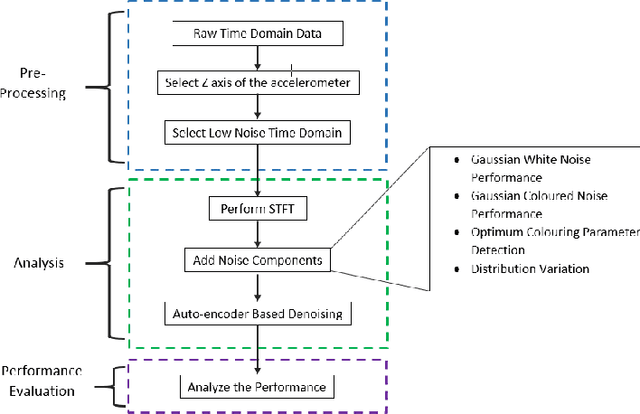
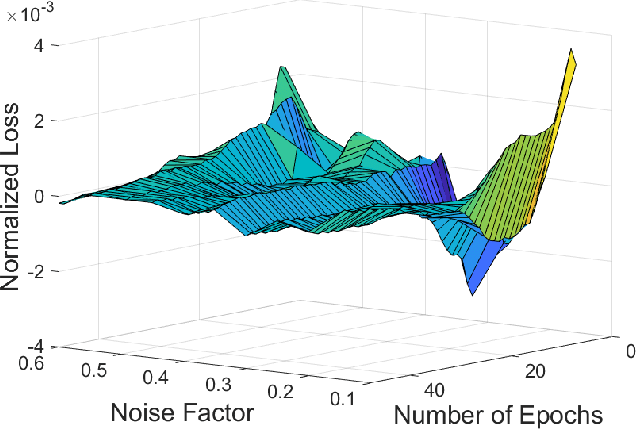
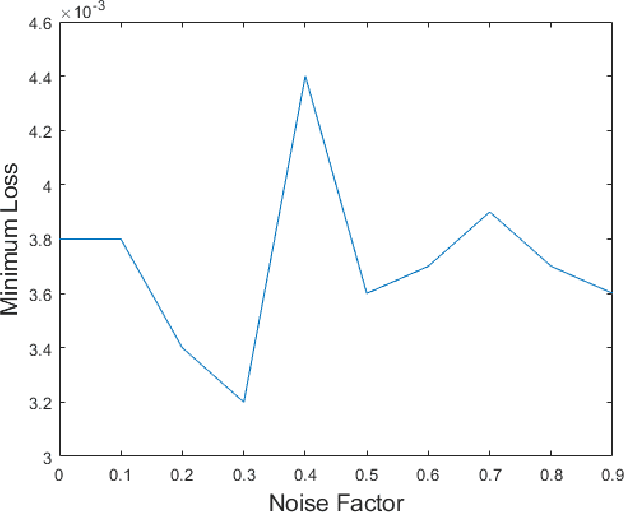
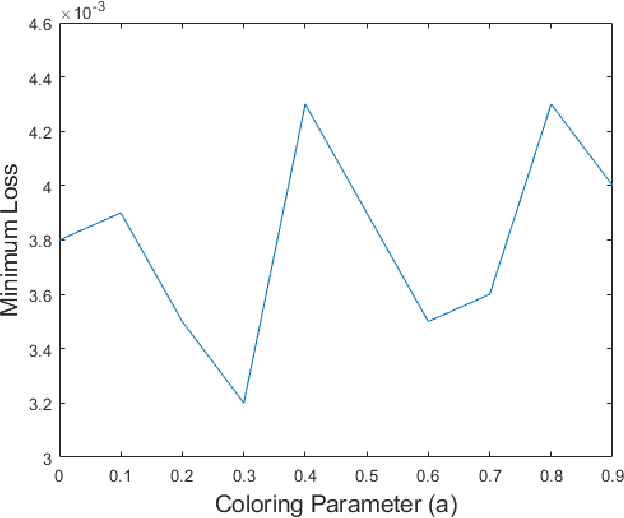
Abstract:Fetal motion discernment utilizing spectral images extracted from accelerometric data incident on pregnant mothers abdomen has gained substantial attention in the state-of-the-art research. It is an essential practice to avoid adverse scenarios such as stillbirths and intrauterine growth restrictions. However, this endeavor of ensuring fetus safety has been arduous due to the existence of random noise in medical images. This novel research is an in depth approach to analyze how the interference of different noise variations affect the retrieval of information in those images. For that, an algorithm employing auto-encoder-based deep learning was modeled and the accuracy of reconstruction of the STFT images mitigating the noise has been measured examining the loss. From the results, it is manifested that even a substantial addition of the Super-Gaussian noises which have a higher correlation of the frequencies possessed by the Fetal movement images can be restored successfully with the slightest error.
Novel Non-Invasive In-house Fabricated Wearable System with a Hybrid Algorithm for Fetal Movement Recognition
Jan 29, 2021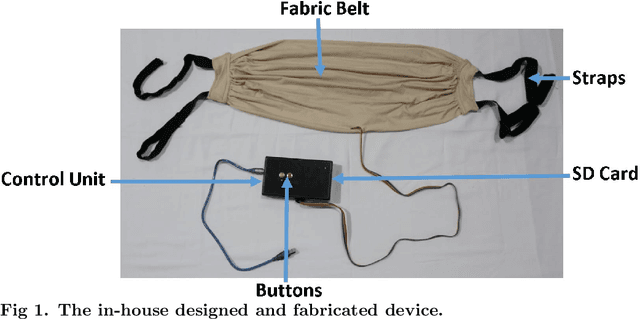

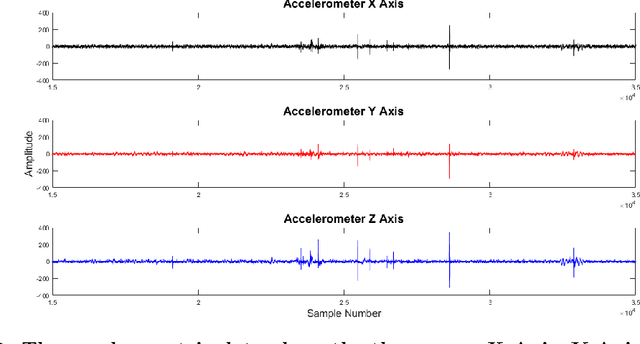

Abstract:Fetal movement count monitoring is one of the most commonly used methods of assessing fetal well-being. While few methods are available to monitor fetal movements, they consist of several adverse qualities such as unreliability as well as the inability to be conducted in a non-clinical setting. Therefore, this research was conducted to design a complete system that will enable pregnant mothers to monitor fetal movement at home. This system consists of a non-invasive, non-transmitting sensor unit that can be fabricated at a low cost. An accelerometer was utilized as the primary sensor and a micro-controller based circuit was implemented. Clinical testing was conducted utilizing this sensor unit. Two phases of clinical testing procedures were done and readings from more than 120 pregnant mothers were taking. Validation was done by conducting an abdominal ultrasound scan which was utilized as the ground truth during the second phase of the clinical testing procedure. A clinical survey was also conducted in parallel with clinical testings in order to improve the sensor unit as well as to improve the final system. Four different signal processing algorithms were implemented on the data set and the performance of each was compared with each other. Consequently, the most feasible as well as the best performing algorithm was determined and it was utilized in the final system. Furthermore, a mobile application was also developed to be used with the sensor unit by pregnant mothers. Finally, a complete end to end method to monitor fetal movement in a non-clinical setting was presented by the proposed system.
 Add to Chrome
Add to Chrome Add to Firefox
Add to Firefox Add to Edge
Add to Edge